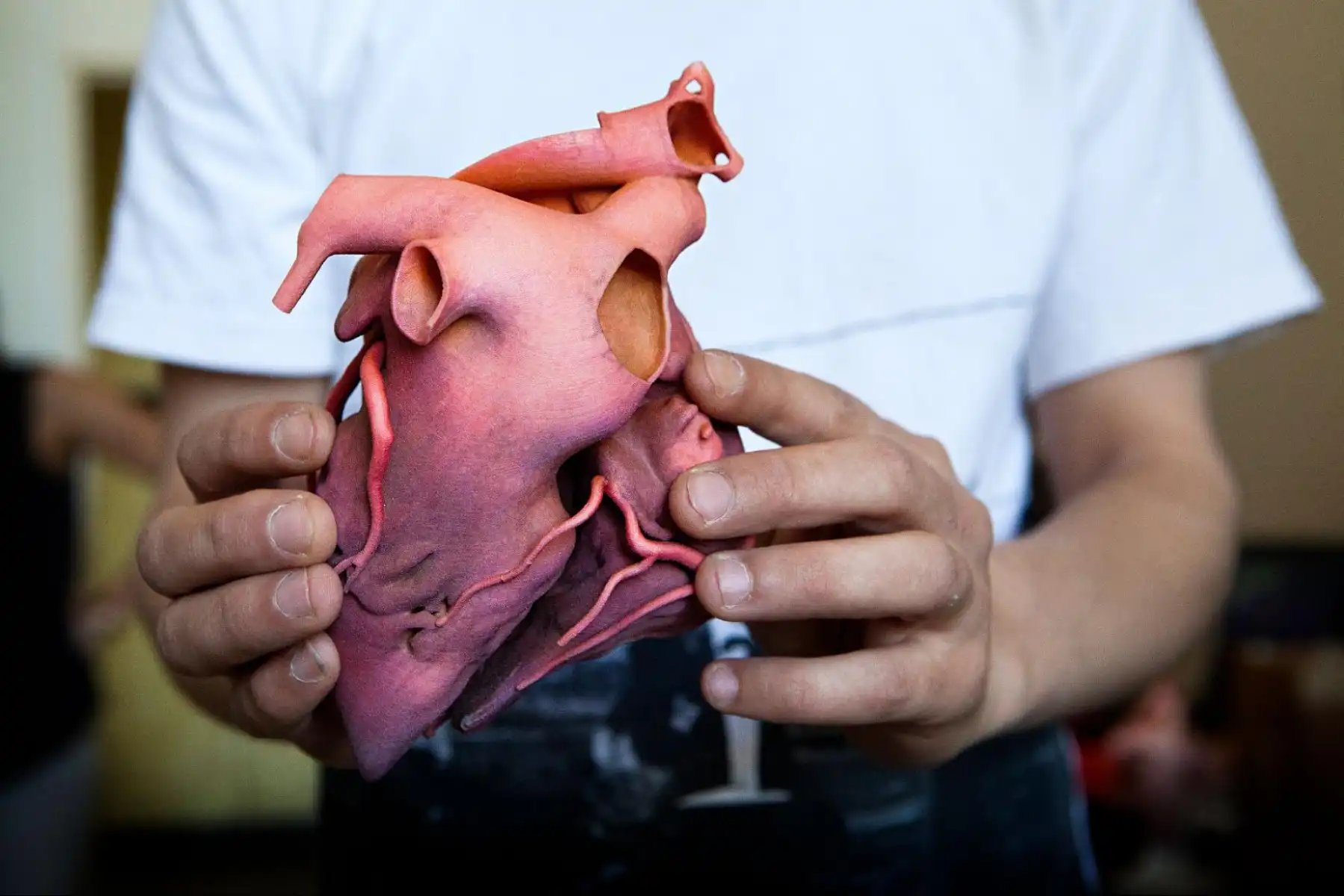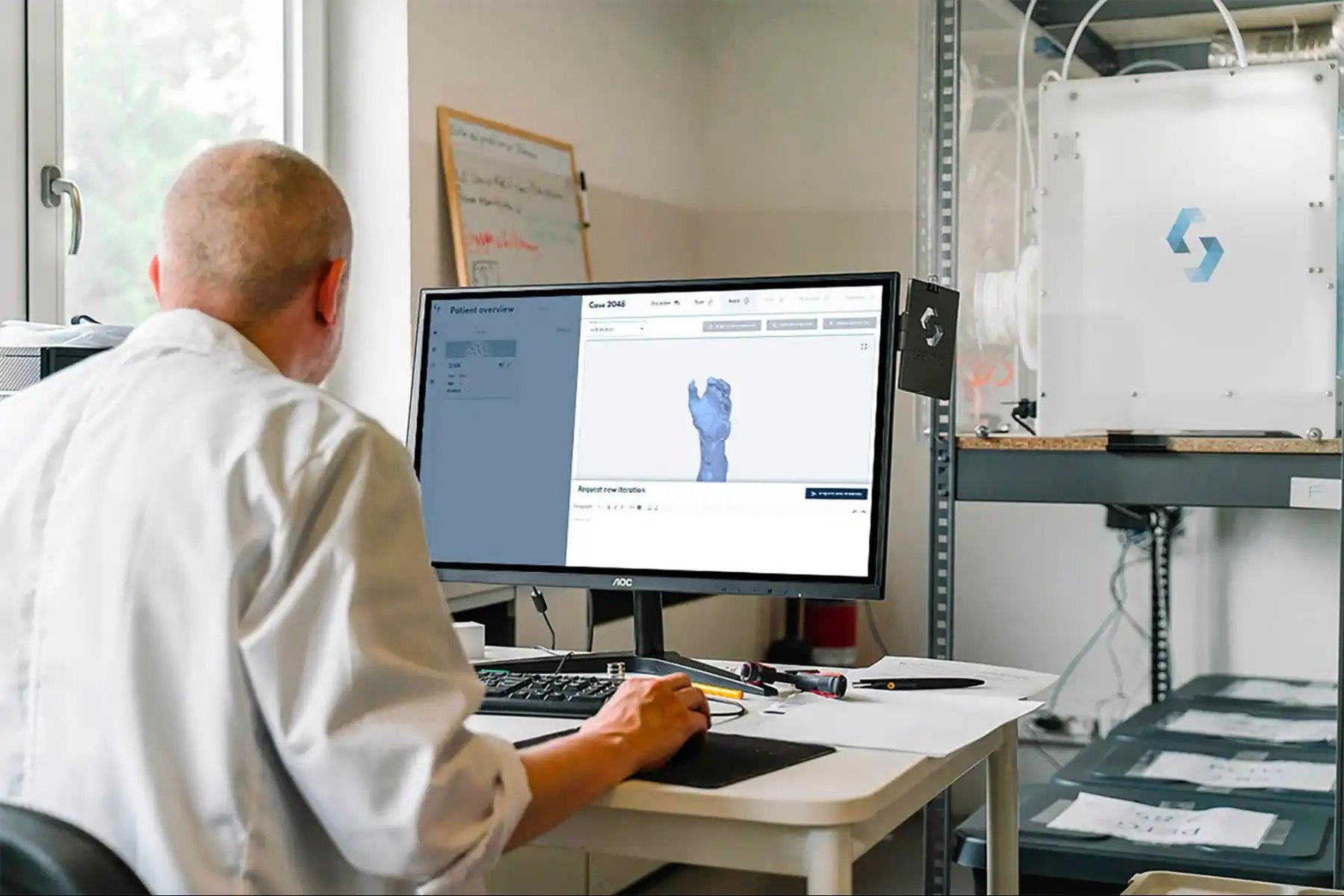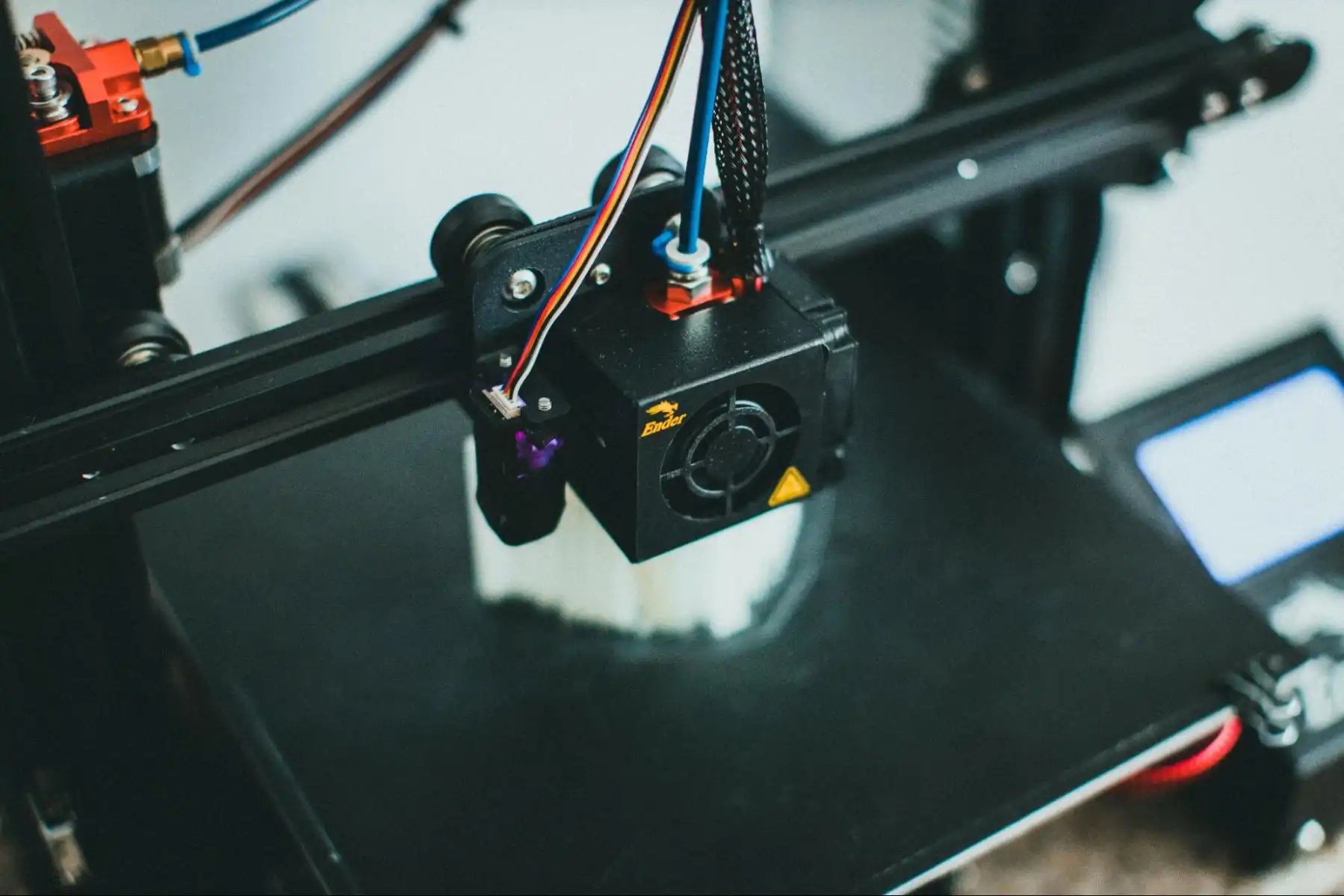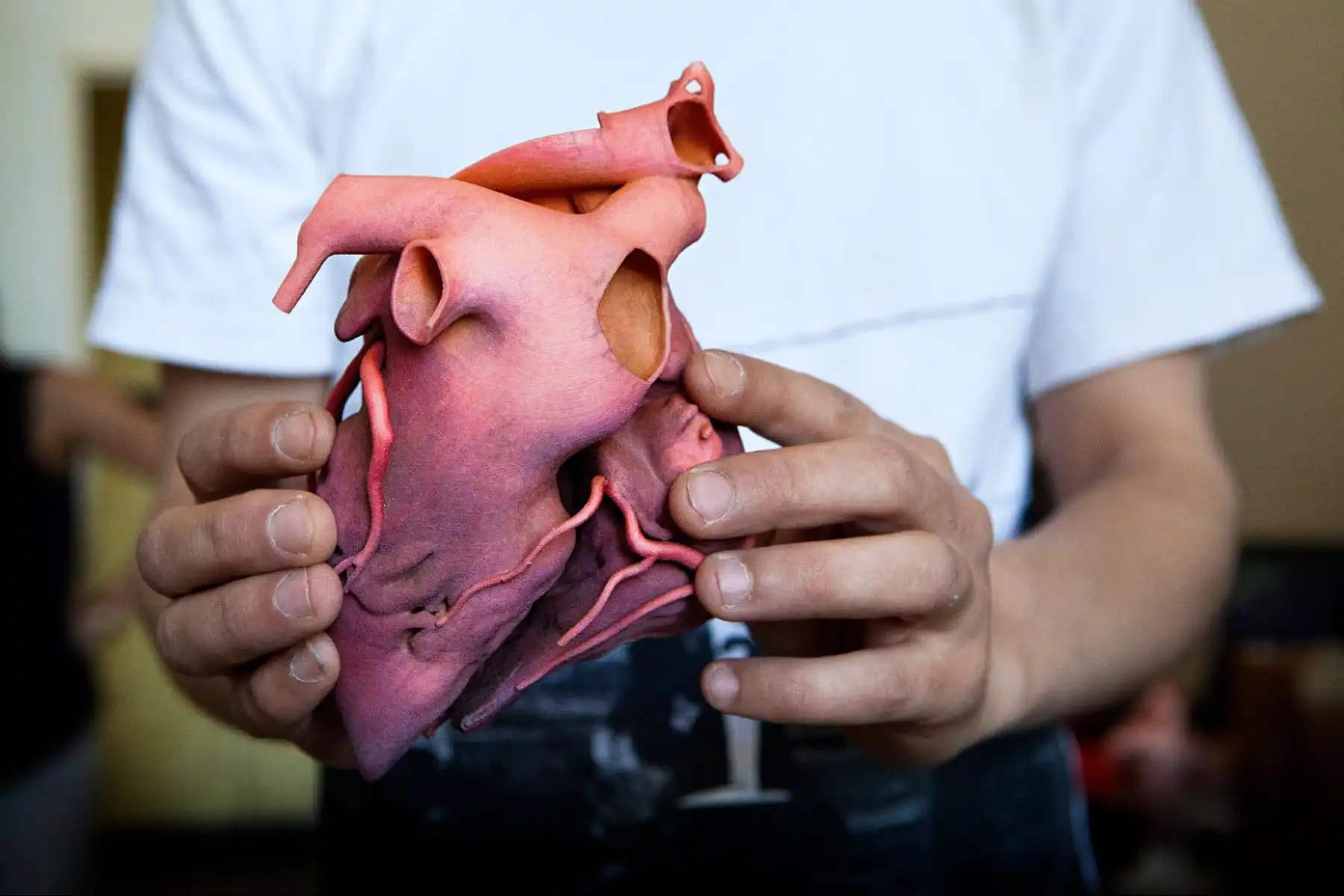
Additive manufacturing has revolutionized the way industries do business, and healthcare is certainly no exception. Medical additive manufacturing is considered a powerful tool for creating customized medical devices and structures that improve patient outcomes and quality of life.
In this article, we reveal the many ways in which medical additive manufacturing is transforming the medical sector, including use cases in areas like patient-specific implants, surgical tools, and prosthetics. You’ll also learn about the benefits of using additive manufacturing in medical field applications.
What Is Medical Additive Manufacturing?
Medical additive manufacturing, also known as medical 3D printing, is the process of creating medical devices and structures using computer-aided design (CAD) and additive manufacturing techniques.
A digital model is sent to a 3D printer, which creates the object by building up layers of material. The printer can use a variety of materials, such as polymers, metals, and ceramics, depending on the desired properties of the final object.
Medical additive manufacturing offers many advantages over traditional manufacturing methods, including the ability to create complex geometries, reduce patient wait times, and improve surgical accuracy.
Empower Your End Users to Create Personalized Medical Devices
It all starts with robust SDKs, backed by decades of 3D modeling software development.
Get StartedExamples of Additive Manufacturing in Medical Industry Applications
Medical additive manufacturing has many applications in healthcare, especially in the creation of critical items such as medical devices and prosthetics. Let’s look at the broad categories.
Surgical Instruments and Guides
Additive manufacturing is often used to create surgical guides and instruments. Products like this have already improved surgical accuracy and reduced the risk of complications. For example, surgical guides help a surgeon drill a hole in precisely the right location during spinal surgery.
Prosthetics
Additive manufacturing can be used to create tailor-made prosthetics. For example, a 3D-printed prosthetic hand can be designed to match a patient's remaining hand. Medical additive manufacturing can also be used to create prosthetic sockets that are more comfortable and secure than traditional sockets.
Bone and Joint Reconstruction
Building upon the idea behind custom fits for prosthetics, medical additive manufacturing enables the reconstruction of bones and joints—including hip replacements, jaw reconstructions, and knee replacements. 3D printing synthetic cartilage is also leading the way in rebuilding joints.
Artificial Organs and Tissue
It may come as a surprise to some that medical additive manufacturing can also be applied in bioprinting artificial organs and tissue—the very building blocks of life. These models are created with living cells, and the future is looking bright for skin grafting and printing liver tissue to help manage disease.
For instance, 3D-printed models of a patient's heart can help a surgeon plan a complex heart surgery. Models are also incredibly helpful in training medical students and residents.
Patient-Specific Implants
Patient-specific implants are one of the most promising applications. These implants are built using a patient's CT or MRI scan to create an anatomically precise 3D model. The model is then used to design a fully customized implant.
Cranial implants, spinal implants, and hip and knee replacements have already proved extremely successful. Compared to traditional implants, they’re more comfortable, more aesthetically pleasing, and can better mimic functions.
How Medical Additive Manufacturing Works
Let’s discuss the basic steps involved in additive medical device manufacturing:
Step 1: Imaging
For patient-specific devices, the process begins with medical imaging like a CT or MRI scan. This generates a three-dimensional image of the patient's anatomy.
Step 2: CAD Modeling
Image data is now converted into a digital 3D model using specialized software called computer-aided design (CAD). CAD allows the user to manipulate the image data to create a detailed and accurate model of the patient's anatomy.

Step 3: Printing
The digital design file is now loaded into a 3D printer to create the object. The printer uses the design file as a guide, depositing material precisely where it is needed to generate the finished product.
This is done using 3D systems such as metal laser sintering, fused deposition modeling (FDM), stereolithography, and more.
Step 4: Post-Processing
Once the printing is complete, the final product may undergo additional processing steps to prepare it for use. This includes polishing or sterilization.
Step 5: Implementation
The 3D-printed medical device or structure is now ready for use.
Remember, the specific steps of the manufacturing process will vary depending on the type of object being printed, the material used, and other factors.
Visualize Better, Design Better, Print Better
Allow your users to print medical models and devices seamlessly with Spatial’s SDKs.
Learn HowWhy Enterprises Use Medical Additive Manufacturing
So, why should businesses like yours consider using medical additive manufacturing? Let’s find out.
Customization
One of the key reasons to use medical additive manufacturing is design freedom. Traditional techniques often involve creating parts in large batches, making building customized products en masse near impossible.
By comparison, 3D printing lets you create custom devices and structures quickly and efficiently—without relying on expensive tooling or molds. This is especially useful in the field of regenerative medicine.
Improved Precision
Additive manufacturing is touted for its unmatched precision. You can create devices and structures with very tight tolerances. This is particularly important in applications where accuracy is critical, such as surgical tools or implants.
Reduced Waste
Additive manufacturing generates substantially less waste than traditional techniques. Companies creating highly regulated or high-value medical products can boost profitability and reduce compliance risk.
Innovation
Enterprises looking to explore new design possibilities should opt for additive manufacturing. This can lead to the development of new medical products, improve patient outcomes, and drive innovation.

Faster Production
In contrast to traditional means, additive manufacturing is relatively fast. Instead of taking days—or even weeks—to create a customized product, 3D printing can complete a project in a matter of hours.
This is especially useful when you consider point-of-care manufacturing. POC manufacturing refers to the ability to make on-demand medical devices and structures—right at the site of patient care. Emergency applications, like disaster zones or on the battlefield, are particularly promising.
Additive Manufacturing for Medical Devices vs. Subtractive Manufacturing
Additive manufacturing and subtractive device manufacturing are two approaches to creating medical devices and structures. The latter involves cutting, drilling, or otherwise removing material from a larger block to create a specific structure. Additive manufacturing of medical devices involves building up a structure, layer by layer.
One advantage of additive manufacturing is its design freedom. It allows for precise control over the size and shape of a structure—which is critical to patient-specific medical applications. With subtractive methods, it’s difficult and time-consuming to create complex or custom shapes.
Another upside of additive manufacturing is its ability to reduce waste since only the materials needed to create the final product are used. Subtractive manufacturing involves cutting away material, resulting in significant waste.
Additive manufacturing is also faster, empowering you to generate complex structures in a single build. Subtractive manufacturing requires multiple steps/setups to achieve the same result.
Is Your 3D Modeling Software Ready for Additive Manufacturing?
Additive manufacturing medical devices is a growing field with enormous potential to improve patient outcomes and transform healthcare. By enabling the creation of highly customized devices and structures, it’s helped medical professionals deliver more personalized and effective treatments.
From patient-matched devices to surgical tools and prosthetics, additive manufacturing technology in medical field applications promises to further innovate the industry. Improving the quality of patient care and ongoing support through medical devices is making more and more progress—every day.
For All Your Additive Manufacturing Software Needs, Trust Spatial
Build powerful 3D modeling applications, enhance interoperability, and unlock value for your customers’ workflows with Spatial’s SDKs.
Contact us today to learn more about how we can help.

